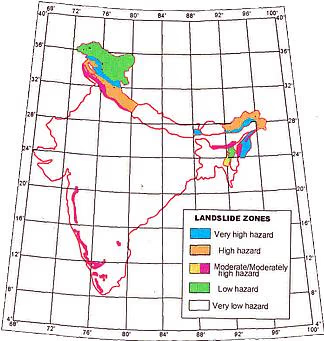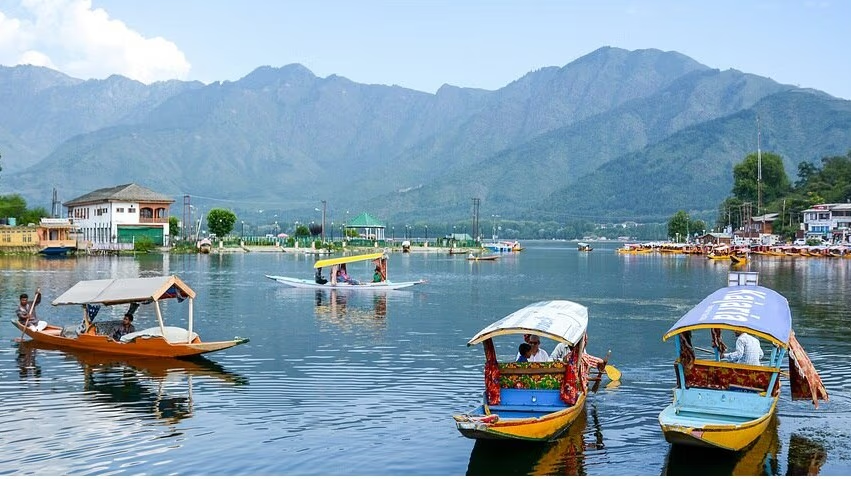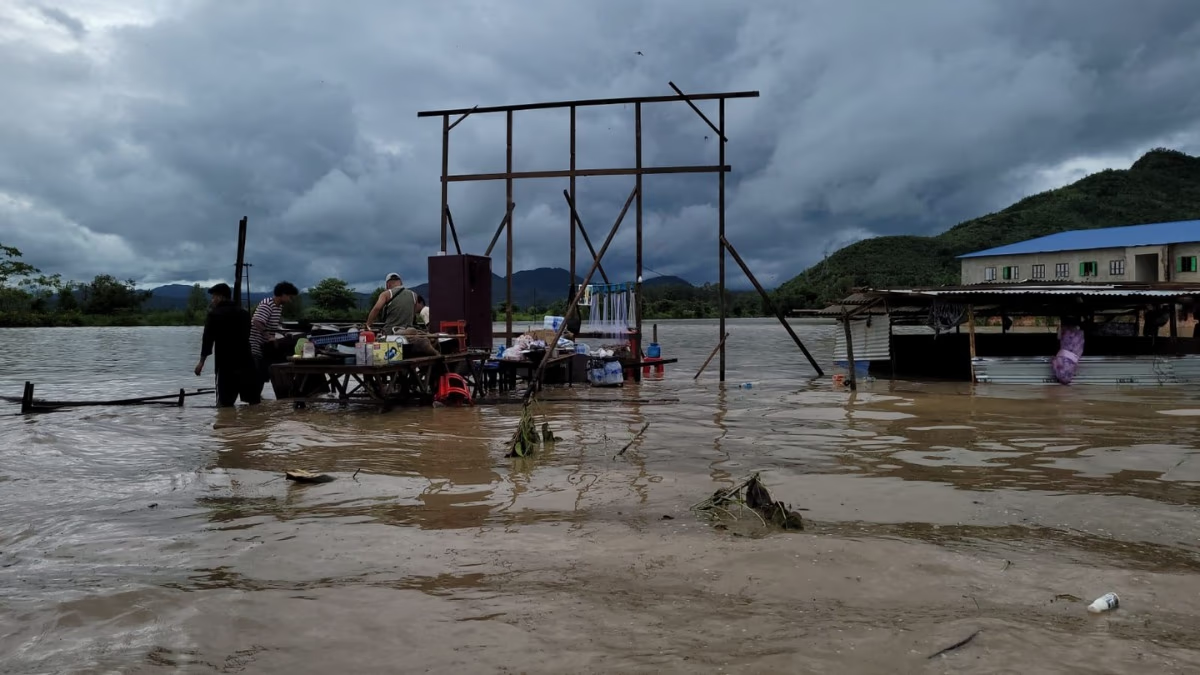Over 300 people have died due to a landslide in Wayanad, Kerala. The landslide has devastated the village of Mundakkai, leaving no survivors. This tragic event has brought significant attention to natural calamities like landslides that frequently occur in India. In states like Uttarakhand, landslides are quite common, and other states such as Himachal, Assam, and Kerala are also not free from these incidents.
However, have you ever noticed that a large portion of Kashmir is situated in the mountains? Despite this, the region experiences relatively fewer landslides compared to other states. For several decades now, Kashmir has remained largely safe from major landslide events. Today, let's discover how Kashmir manages to avoid such natural disasters...
What’s the Situation in Wayanad?
Before understanding Kashmir's geographical condition, let's look at Wayanad, the site of the recent landslide. The incident occurred on July 30th, and even four days later, the search for bodies continues in the debris. So far, 308 deaths have been confirmed, but rescue workers have only recovered 195 bodies. The rest have been identified through body parts.
Where Do Most Landslides Occur in India?
In India, the Northern Western and Northern Eastern Himalayan regions experience the highest number of landslides. Western Ghats areas are also considered prone to landslides. Numerous studies indicate that Uttarakhand is the most landslide-prone area within the Himalayan region, followed by Himachal and other states. It is estimated that 40% of landslides in the Himalayan region occur in Uttarakhand. Assam, Kerala, and Karnataka also see frequent landslide incidents.

Source: aajtak
While landslides are frequent in Kashmir, the region has largely avoided major disasters in recent decades. Let’s delve into some of the worst landslides in India's history:
September 18, 1948, Guwahati, Assam: 500 dead.
October 4, 1968, Darjeeling: Multiple landslides, thousands dead.
August 18, 1998, Malpa, Uttarakhand: Over 300 dead.
July 12, 2000, Ghatkopar, Mumbai: 67 dead.
November 9, 2001, Amboori, Kerala: 39 dead.
June 18, 2013, Kedarnath: Numerous fatalities.
July 30, 2014, Malin, Maharashtra: 150 dead.
August 6, 2020, Pettimudi, Kerala: 65 dead.
July 18, 2021, Chembur and Vikhroli, Mumbai: 32 dead.
June 30, 2022, Tupul, Manipur: 58 dead.
July 19, 2023, Raigad, Maharashtra: 26 dead.
July 16, 2024, Shrirur, Karnataka: 8 dead.
Additionally, frequent landslides occur in Uttarakhand and Himachal Pradesh.
Why Does Kashmir Remain Safe?
Interestingly, the upper Himalayan region is not considered a landslide-prone area. In the map above, you can see that much of Kashmir falls within this upper region, labeled a 'green area,' where landslides are less frequent. Above that are moderate, high, and very high-risk categories.
The geology of Kashmir contributes to its safety. The presence of limestone, sandstone, and granite in the mountains helps prevent landslides. Rivers like Jhelum and Sindh also facilitate unique drainage systems, reducing the risk. Furthermore, Kashmir receives relatively less rainfall compared to other regions, which helps keep the soil stable. Additionally, the snowy mountains contribute to soil stability. However, it’s important to note that landslides do happen in Kashmir, but the conditions here are quite different.




